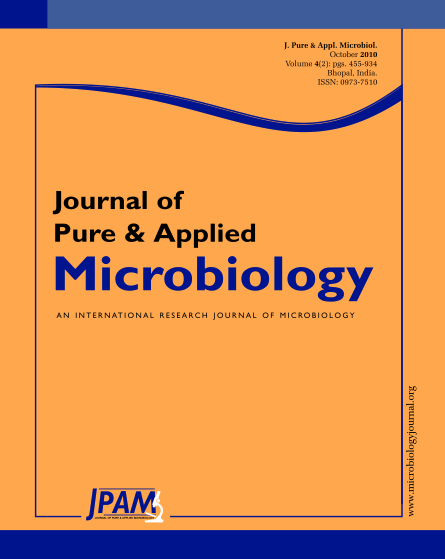Plant viruses are the cause of important diseases of crop plants; a vast majority of plant viruses have single-stranded RNA genome and variation is an intrinsic property of living entities. Various mechanisms that lead to variation in virus population are mutation, addition, deletion, inversion of nucleic acid base sequences, recombination, suppression, re-assortment and mixed infection. Most reported work had a phylogenetic or taxonomic goal, and attempts to quantify the variability of virus populations. Thus evolutionary biology of plant virus populations is an exciting area of research, both intellectually challenging and relevant to everyday life.
Variation, Virus evolution, Population structure
© The Author(s) 2010. Open Access. This article is distributed under the terms of the Creative Commons Attribution 4.0 International License which permits unrestricted use, sharing, distribution, and reproduction in any medium, provided you give appropriate credit to the original author(s) and the source, provide a link to the Creative Commons license, and indicate if changes were made.


